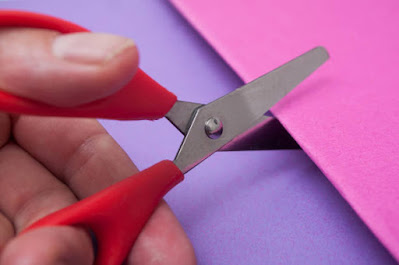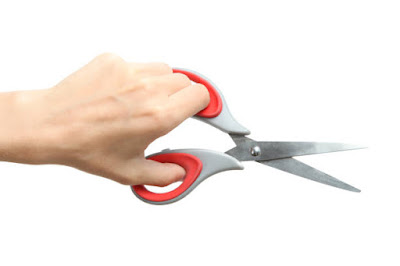About Us
Charlotte Davies, Early Years Wales Marketing and Communications Co-ordinator and proud 'lefty,' has put together some hints and tips to support right-handed parents and practitioners raising a left-handed child, with some additional help from fellow Early Years Wales lefties.
"Growing up, the struggle was real: never being able to properly use a fountain pen, smudging the ink as you write, bumping elbows with the person next to you.
"Growing up, the struggle was real: never being able to properly use a fountain pen, smudging the ink as you write, bumping elbows with the person next to you.
I still have nightmares about the school scissors! However, in my opinion, there are no disadvantages to being left-handed, only benefits that far outweigh being a 'righty'!"
If you are a right-handed parent or practitioner who has been blessed with a lefthanded child to raise, the following facts, hints, and tips have been compiled to help you understand some of the differences your child is experiencing as they begin to develop and explore the world into which they have been born.
Did you know that only about 7% to 10% of the world's population is left-handed? This puts us in good company with Prince William, Barrack Obama, Oprah Winfrey, Leonardo da Vinci, Albert Einstein, and Neil Armstrong, among others.
Babies typically begin showing hand preference between the ages of 7 and 9 months, but they may not make a final distinction until they begin school. "Doodling and eating are not fine motor skills requiring premium dexterity," David Wolman writes in A Left-Hand Turn Around the World. "This is why many babies and toddlers, under the influence of rapidly developing brains, switch between using the left and right hands, often masking underlying handedness and leading parents to falsely conclude that their children are ambidextrous." "This is a common misconception among people who associate ambidextrousness with intelligence."



Comments
Post a Comment